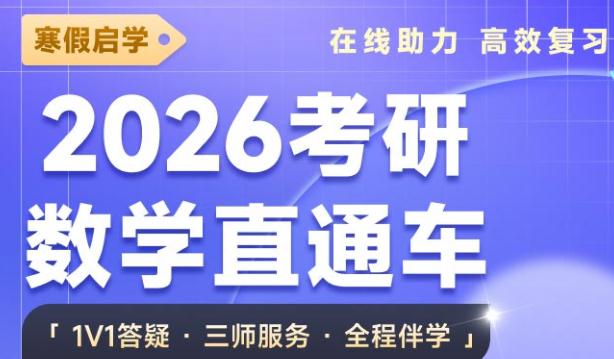1998-2022 lantab.com Network Studio. All Rights Reserved. 沪ICP备12018245号
2011年考研英语备考作文背诵二十七
Scientific Theories
In science, a theory is a reasonable explanation of observed events that are related. A theory often involves an imaginary model that helps scientists picture the way an observed event could be produced. A good example of this is found in the kinetic molecular theory, in which gases are pictured as being made up of many small particles that are in constant motion.
A useful theory, in addition to explaining past observations, helps to predict events that have not as yet been observed. After a theory has been publicized, scientists design experiments to test the theory. If observations confirm the scientists‘ predictions, the theory is supported. If observations do not confirm the predictions, the scientists must search further. There may be a fault in the experiment, or the theory may have to be revised or rejected.
Science involves imagination and creative thinking as well as collecting information and performing experiments. Facts by themselves are not science. As the mathematician Jules Henri Poincare said,“Science is built with facts just as a house is built with bricks, but a collection of facts cannot be called science any more than a pile of bricks can be called a house.“ Most scientists start an investigation by finding out what other scientists have learned about a particular problem. After known facts have been gathered, the scientist comes to the part of the investigation that requires considerable imagination. Possible solutions to the problem are formulated. These possible solutions are called hypotheses.
In a way, any hypothesis is a leap into the unknown. It extends the scientist‘s thinking beyond the known facts. The scientist plans experiments, performs calculations, and makes observations to test hypotheses. Without hypothesis, further investigation lacks purpose and direction. When hypotheses are confirmed, they are incorporated into theories.
全文翻译:科学理论
在科学中,理论是对所观察到的相关事件的合理解释。 理论通常包含一个虚构的模型,这个模型帮助科学家构想所观察到的事件是如何发生的。 分子运动理论便是我们能找到的 一个很好的例子。 在这个理论中,气体被描绘成由许多不断运动的小颗粒组成。 一个有用 的理论,除了能够解释过去的观测,还有助于预测那些未被观测到的事件。 一个理论公开 后,科学家们设计实验来检验这个理论。 如果观察证实了科学家的预言,这个理论则得到 了验证。 如果观察不能证实科学家的预言,科学家就必须进一步的研究。
或许是实验存在 错误,或许是这个理论必须被修改或抛弃。 科学家除了收集信息和操作实验外还需要想象 能力和创/造性思维。 事实本身并不是科学。 正如数学家乔斯·亨利·波恩克尔所说:“科 学建立在事实之上,就像房子用砖砌成一样。 但事实的收集不能被称作科学,就像一堆砖 不能被叫作房子一样。 “多数科学家通过找出别的科学家在一个特定问题上的所知来开始研究。在收集了已知事实之后,科学家开始了研究中需要相当想像力的部分。 他们尔后拟订对这个问题的可行的解决方法。这些可行的解决方式被称为假设。
在某种意义上,任何假设都是向未知的跳跃。它使科学家的思维超越已知事实。科学家计划实验、计算、观测以检 验假定。若没有假设,进一步的研究便缺乏目的和方向。当假设被证实了,就成为理论的 一部分。
来源未注明“中国半岛真人体育 ”的资讯、文章等均为转载,本网站转载出于传递更多信息之目的,并不意味着赞同其观点或证实其内容的真实性,如涉及版权问题,请联系本站管理员予以更改或删除。如其他媒体、网站或个人从本网站下载使用,必须保留本网站注明的"稿件来源",并自负版权等法律责任。
来源注明“中国半岛真人体育 ”的文章,若需转载请联系管理员获得相应许可。
联系方式:chinakaoyankefu@163.com
- 2026考研英语全程班 寒假班
- 权威高配师资亲授技巧,教研千锤百炼科学提分。直录播课相结合精讲互动二合一,专业团队精细化作文批改。讲练结合,随学随练稳步提升。支持试听~
- 主讲团队:王江涛、谭剑波、董仲蠡、许聪杰、陈志超、潘赟、郑艳彤、易熙人

扫码关注
了解考研最新消息












